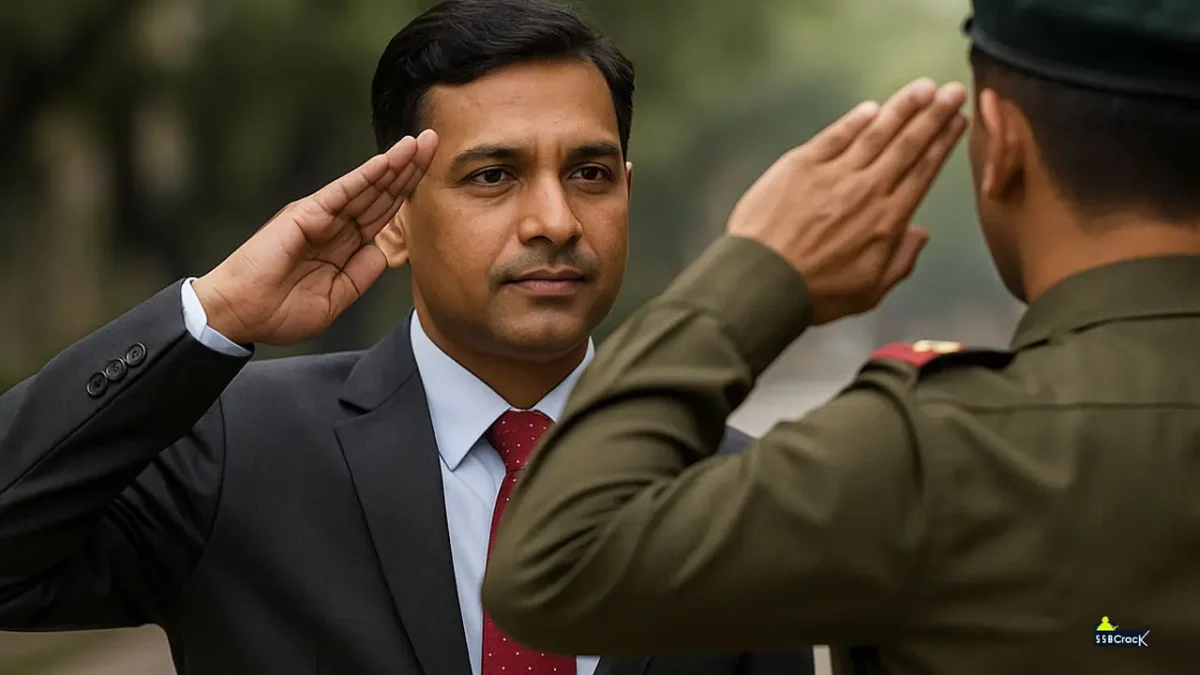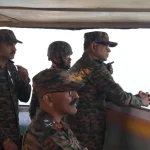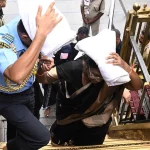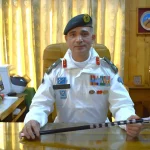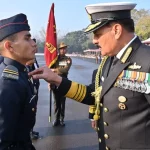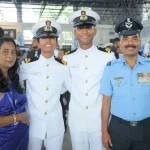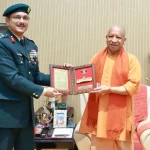In the disciplined world of the Indian Armed Forces, the salute stands as a timeless symbol of respect, hierarchy, and national pride. But what happens when a soldier steps out of uniform and into civilian dress? Can they still render that crisp hand salute, or does etiquette demand a different approach? This article delves into the nuances of military etiquette in the Indian context, exploring the rules, historical origins, branch-specific practices, and practical scenarios surrounding saluting in civilian attire. Drawing from official regulations, customs, and traditions, we aim to provide a comprehensive understanding for those curious about the protocols that govern India’s brave men and women in uniform.
The Origins and Significance of the Salute in Indian Military Tradition
The salute, as practiced in the Indian Armed Forces, has deep historical roots that blend ancient customs with colonial influences. It is believed to have originated from medieval European knights who raised their helmet visors to reveal their faces, signaling trust and no hostile intent. In the Indian context, this evolved under British rule, where the gesture became a formal acknowledgment of superior rank and authority. Post-1947 independence, the Indian Army, Navy, and Air Force retained much of this framework but infused it with nationalistic elements, such as the accompanying verbal “Jai Hind” – a rallying cry popularized by Netaji Subhas Chandra Bose.
Fundamentally, the salute serves multiple purposes: it reinforces discipline, builds mutual respect between ranks, and indirectly honors the President of India, from whom all commissions derive. It is not seen as a subservient act but as one that instills pride in the uniform and the profession’s chivalric traditions. However, this gesture is intrinsically linked to the uniform itself, which visibly identifies the individual as part of the military establishment. Without it, the context shifts, leading to adjusted protocols that prioritize courtesy over formal military drill.
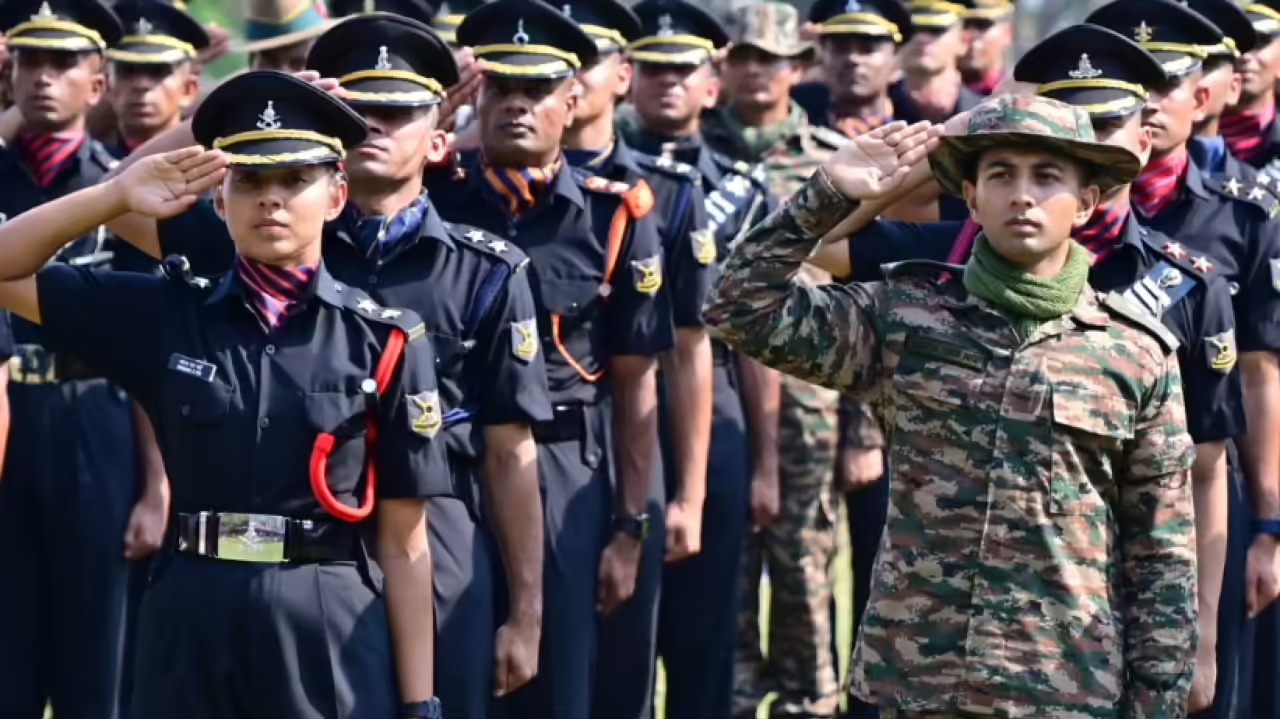
General Rules on Saluting in the Indian Armed Forces
According to key documents like the Ceremonial and Other Instructions for the Indian Army and similar regulations across branches, saluting is primarily a uniformed activity. Personnel must salute superiors, during parades, when reporting for duty, or in response to the national anthem and flag ceremonies. The execution varies slightly by branch – the Army and Air Force use an open palm facing forward, while the Navy’s palm faces downward, reflecting historical maritime practices where dirty palms from ship work were hidden.
When in civilian dress, however, the hand salute is generally not required or expected. This is because the uniform provides the formal military framework; in its absence, the gesture could seem out of place or even inappropriate. Instead, respect is demonstrated through:
- Standing at attention (heels together, arms straight by the sides).
- Verbal acknowledgments, such as “Jai Hind, Sir/Ma’am” or a simple “Good morning.”
- Removing headgear (if worn) during solemn moments like the national anthem.
This rule applies to active personnel, officers, and jawans alike, though veterans may have more flexibility in ceremonial contexts. Exceptions exist in highly symbolic situations, where a personal choice to salute might occur, but it is not mandated.
Branch-Wise Breakdown of Etiquette in Civilian Attire
While the overarching principle is consistent, each branch has subtle nuances influenced by their operational environments and histories.
- Indian Army: As per the Ceremonial and Guard Regulations, officers and soldiers in civilian clothing are exempt from hand salutes. When encountering a superior, a verbal greeting or bracing up (standing rigidly) is sufficient. During funerals or memorials, standing at attention is standard, with optional salutes for personal respect. Headgear plays a role – without it, even in uniform, saluting is adapted. Sikh personnel with turbans may salute more readily, as the turban serves as headgear.
- Indian Navy: Naval etiquette, rooted in seafaring traditions, emphasizes the palm-down salute in uniform to hide tar-stained hands from rigging work. In civilian attire, no hand salute is required, aligning with broader Defence Services Regulations. Respect is shown via attention or verbal courtesies, especially aboard ships or during port calls. Ceremonial visits and flag salutes follow similar non-gestural rules in civvies.
- Indian Air Force: Drawing from RAF customs, the IAF salute mirrors the Army’s open-palm style. Regulations specify that in civilian clothes, personnel come to attention during parades, flag hoistings, or when the national anthem plays – no hand salute is performed. Unique customs include saluting aircraft captains during taxi-outs or honoring ladies and funerals, but these adapt to verbal or postural respect in civvies.
| Branch | Uniform Salute Style | Civilian Attire Protocol | Key Exceptions/Notes |
|---|---|---|---|
| Indian Army | Open palm facing forward, middle finger near hatband | No hand salute; stand at attention, verbal “Jai Hind” | Optional at memorials; Sikh turbans allow saluting flexibility |
| Indian Navy | Open palm facing downward at 90° to forehead | No hand salute; attention or verbal greetings | Maritime customs emphasize non-gestural respect in ports |
| Indian Air Force | Open palm facing forward, similar to Army | Come to attention only; no hand gesture | Mandatory attention during anthem/flag events, even in civvies |
Practical Scenarios and Cultural Considerations
Imagine a junior officer spotting their commanding officer at a market in civilian clothes – a quick “Jai Hind, Sir” and standing straight suffices, without a salute. At public events like Republic Day viewings, civilians (including off-duty soldiers) stand at attention during the anthem, removing hats if applicable. In regimental settings, unwritten norms might encourage more formality, but regulations provide the baseline.
Culturally, India’s emphasis on respect for authority and patriotism often leads personnel to go beyond minimums. For instance, at war memorials, a voluntary salute might express personal pride. However, sloppy or misplaced salutes are frowned upon, as they can imply disrespect. Dress codes in mufti also tie into broader etiquette – avoiding religious symbols or casual wear on bases to maintain uniformity.
Broader Etiquette and Related Customs
Saluting fits into a larger tapestry of military etiquette, including addressing superiors as “Sir/Ma’am,” proper dress codes, and ceremonial conduct. Other gestures, like “present arms” or fly-pasts, serve similar respectful purposes. For prisoners of war or foreign officers, customs extend chivalry, but adapt in civilian scenarios.
In essence, while soldiers cannot typically salute in civil dress, the spirit of etiquette – respect, discipline, and patriotism – remains unwavering. This balance ensures the Armed Forces’ traditions endure, whether in khaki, whites, or everyday attire.

